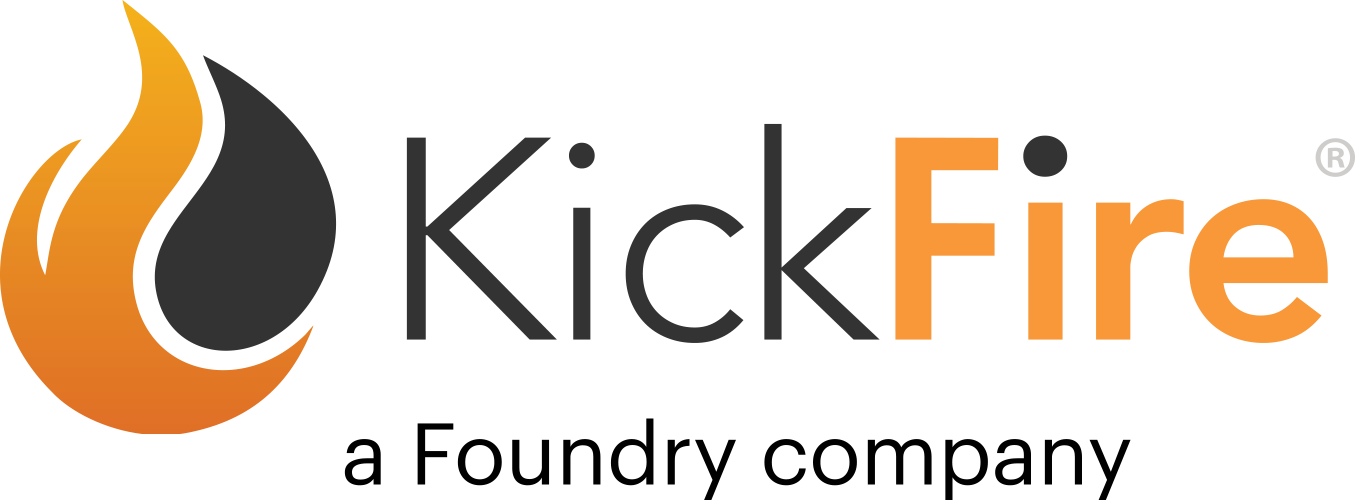In light of everything happening in the world right now, it might seem to be a little dramatic to call what’s happening with third-party cookies an “apocalypse,” but hear me out.
Biblical definitions aside, an apocalypse is defined as “an event involving destruction or damage on an awesome or catastrophic scale,” and unfortunately for the entire third-party cookie industry, that’s precisely what’s happening.
For the sake of amusement, let’s look at this situation from the perspective of a zombie apocalypse movie.
The opening scene: the reign of third-party cookies
 In the beginning, everything is just fine – it’s a beautiful autumn day, people are happy, the birds are chirping, and it seems like nothing could bring down the good vibes. Until recently, digital marketers have enjoyed a great “opening scene.”
In the beginning, everything is just fine – it’s a beautiful autumn day, people are happy, the birds are chirping, and it seems like nothing could bring down the good vibes. Until recently, digital marketers have enjoyed a great “opening scene.”
Since the 90s, when cookies first appeared in the advertising world, digital marketers have had nearly unrestricted access to vast amounts of customer data through data mining, third-party cookie pools, tracking pixels, and other technologies. This wealth of information has led to consumer profiles so precise that advertisers know things about you that some of your closest friends or relatives might not know. In fact, according to the Washington Post, advertisers may know things like how much money you make, what websites you visit, your political views, and SO much more.
Marketers have been using this data for years to do everything from serving targeted ads, personalizing website content, and other things that make digital marketing as we know it possible.
Trouble in paradise: Where third-party cookies are now
 This is the part in the movie where things start to go south, and there’s trouble on the horizon– this is where we are now.
This is the part in the movie where things start to go south, and there’s trouble on the horizon– this is where we are now.
In the digital marketing world, the trouble has come in the form of an unrelenting attack on third-party cookies by legislation from countries around the world and internet browsers moving away from the use of third-party tracking.
As we discuss in our Death of the Cookie article, recent legislation like the General Data Protection Regulation (GDPR) and California Consumer Privacy Act (CCPA) are just the first of many proposed laws that aim to limit or eliminate digital advertisers’ ability to track individual consumers. Furthermore, internet browser providers like Apple (Safari) and Mozilla (Firefox) have already rolled out third-party cookie blocking technologies and baked them into their latest browser versions.
Not to be outshined in the race for privacy, Google® announced that by 2023 all versions of their Chrome browser will stop supporting third-party cookies altogether. This latest announcement by Google marked the beginning of the end for third-party cookies. At this point, it’s not a question of if but merely a matter of time before digital marketers are left with no visibility into what their customers, prospects, and website visitors are doing.
The apocalypse: Where third-party cookies are headed
 The s**t has officially hit the fan.
The s**t has officially hit the fan.
Unfortunately, for many marketers out there, this is where things are headed. Once Google follows through with their announcement and finally stops supporting third-party cookies, many digital marketers will find themselves essentially flying blind with no visibility into what their website visitors are doing or looking for when they are visiting their website.
So the big question is: How will B2B marketers survive in the new cookieless world?
If it seems like I’ve painted a bleak picture about the future of digital marketing, first of all, I'm sorry. Second, I’m happy to say that for B2B marketers, there are alternatives to third-party cookies that can turn this potentially devastating change into a golden opportunity to enhance your digital advertising capabilities and usher in a new era for personal privacy.
Here’s how B2B marketers can thrive in this new landscape:
The bomb shelter approach – Big ad ecosystems and social media audiences.
 This is something many companies might already be doing to prepare for the end of cookies as we know them. By partnering with the large ad ecosystems (like Google, Facebook®, etc.), marketers can still serve ads to audiences that have voluntarily given their personal data to these platforms enabling them to serve ads to target buyers.
This is something many companies might already be doing to prepare for the end of cookies as we know them. By partnering with the large ad ecosystems (like Google, Facebook®, etc.), marketers can still serve ads to audiences that have voluntarily given their personal data to these platforms enabling them to serve ads to target buyers.
However, just like a bomb shelter, once you're in it's tough to get out. These platforms have had a hard time building consumer trust and could end up turning into an ad ecosystem monopoly as third-party cookie technologies continue to face assault from all sides. This is more of a stop-gap solution in the path toward building your digital marketing future.
The melee approach – First-party intent data
 *Disclaimer: KickFire does not condone violence in any form (even in a zombie or third-party cookie apocalypse).
*Disclaimer: KickFire does not condone violence in any form (even in a zombie or third-party cookie apocalypse).
Ok, so let’s say you don’t want to hide underground until the end of time. You want to thrive in this new world without fear of losing all that you’ve worked for. No problem, you just need some new tools.
First-party data is like running out to your garage to find a crowbar, bat, or frying pan for protection. First-party data is information collected by you about your audience directly without going through any third-party platforms or aggregators. This includes any form fills and behavioral data you’ve collected from your website, CRM data, and more.
First-party intent data provides valuable insight into which accounts are visiting the website and what content they are engaging with. Marketers use this information to discover potential new target accounts as well as when to reach out to those prospective in-market buyers.
Leveraging first-party intent allows B2B marketers to take a proactive approach to this cookie apocalypse and keep their sales and marketing strategies going in this changing digital landscape.
The tank approach – IP address intelligence
If we’re headed for a cookie apocalypse, think of IP address intelligence like this truck:
 Sure, that silver Toyota Corolla that you used to commute to the office every day might have worked for you before, but things will be different in the new world, and you’ll have to adapt.
Sure, that silver Toyota Corolla that you used to commute to the office every day might have worked for you before, but things will be different in the new world, and you’ll have to adapt.
IP address intelligence™️ gives B2B marketers the account-level data they need throughout this third-party cookie apocalypse and beyond without fear of ever losing it.
IP address intelligence is the process of translating a company’s IP address into a set of traits about that company, called firmographics. These traits can include things such as company name, employee count, revenue, industry, geolocation, and more. Firmographics are the crucial pieces of information B2B marketers rely on to drive account-based marketing and deliver enhanced user experience on their websites.
What makes IP address intelligence unique is that because it is focused solely on businesses and not personal data or individuals, which makes it the ideal choice in a MarTech landscape that is becoming more and more hostile towards third-party cookies.
If your company is leveraging IP address intelligence to power your account-based marketing, you have nothing to worry about. You’ll cruise right through this apocalypse and might not even know it’s happening. IP address intelligence was built for a situation like this. It was built to deliver all the account-level insights and first-party intent data you need to power your account-based sales and marketing strategies no matter what happens with cookies.
A (Not So) Apocalyptic Future
If you haven’t already started strategizing about third-party cookie alternatives, I would highly suggest you start putting together an action plan for when (not if) third-party cookies disappear.
I know 2022 seems far away, but it will be here before you know it, and the implementation of any new technology takes time. You don’t want to be caught unprepared when the cookie jar is empty. Finding the right third-party cookie alternative can be tricky, but marketers that have a solid plan in place will be much better equipped to deal with the changing digital landscape. With IP address intelligence and first-party intent data in your arsenal, your marketing team will cruise right through this “apocalypse” knowing that your team and company will have all the data you need moving forward.
Want to learn more about how IP address intelligence works and how it can power your account-based sales and marketing throughout the changing digital landscape? Contact us to speak with a cookie (or zombie) apocalypse specialist today!
